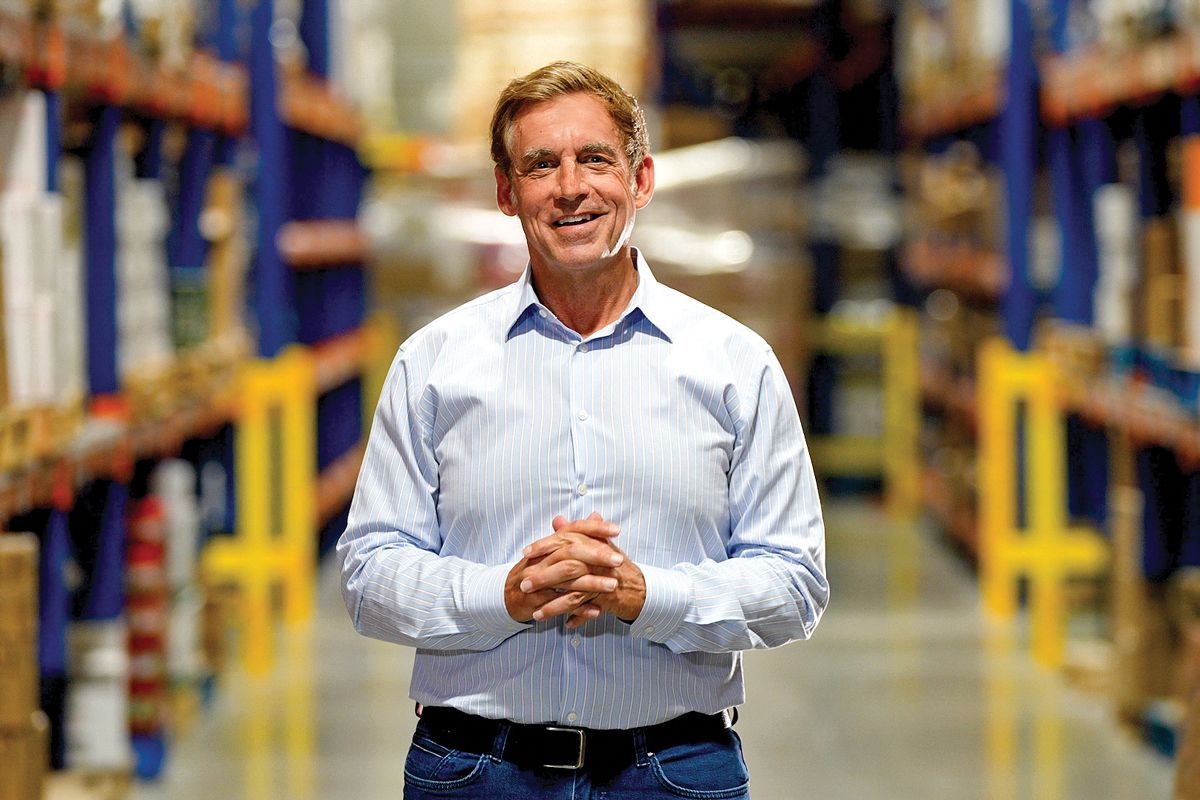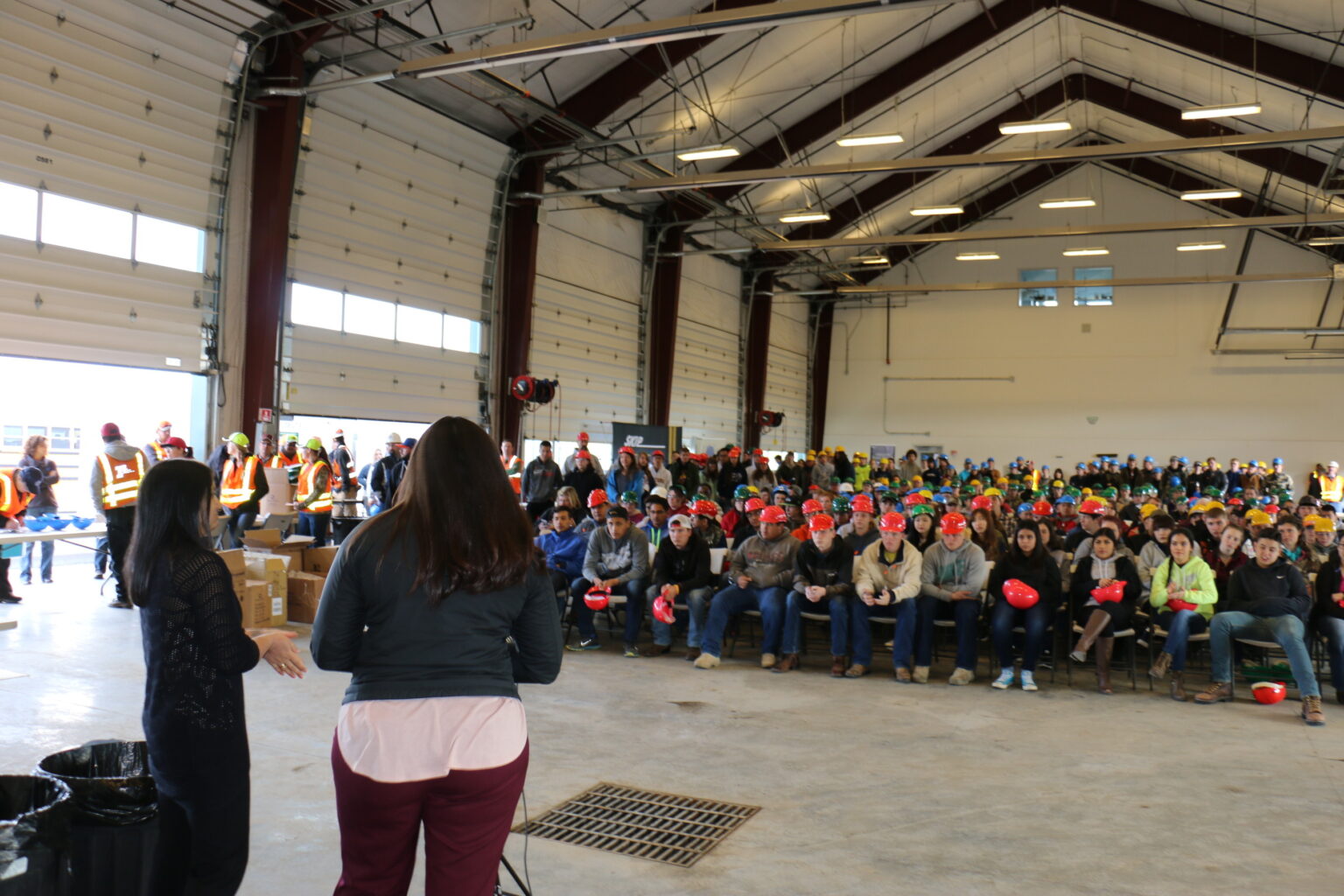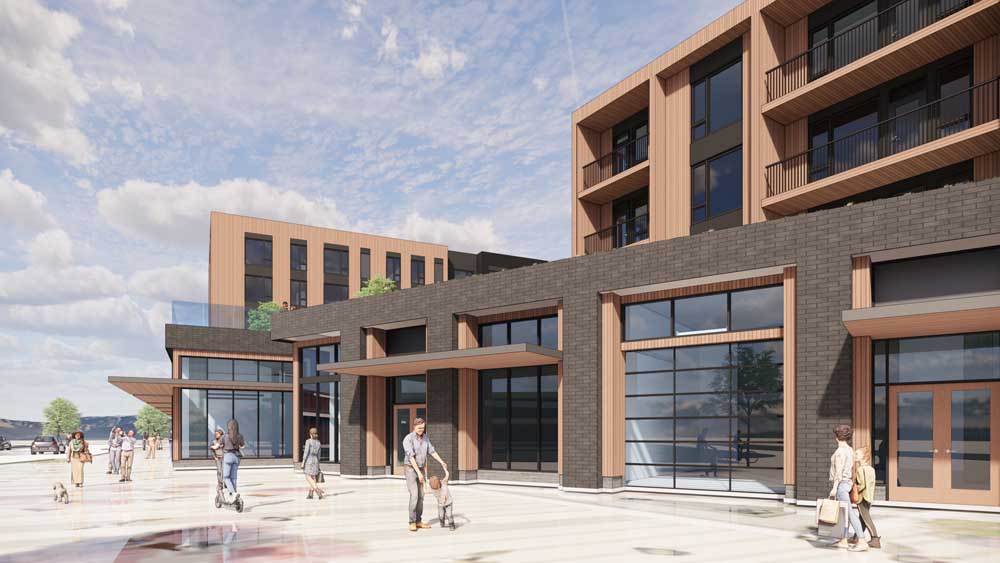Red Barn Industrial Center hopes to serve demand for industrial space in Central Oregon
Published 3:00 am Tuesday, January 9, 2024

- Steve Curley
Redmond — known as “The Hub of Central Oregon” — has for decades used its location and transportation infrastructure to attract manufacturers looking to snap up coveted industrial space in the region.
Developments such as the Red Barn Industrial Center, constructed at NE 11th Street and NE Jackpine Avenue and expanded in December, is one attempt to keep up with a demand for industrial properties that far outpaces current supply. Real estate brokers working to find the right fit to fill the space have already turned away several prospective tenants — but more are on the way.
The development includes multiple buildings, the first of which was built in 2020, the second was finished last month and plans for more are already in the works.
All three are within the Greater Redmond Area Enterprise Zone, where businesses receive tax breaks as an incentive to invest in the area.
Steve Curley, director of Redmond Economic Development, Inc., said as of the third quarter of 2023, Redmond had only about 66,000 square feet of flex space (a commercial real estate term that refers to properties with the ability to morph warehouse, office and retail space) either in planning, construction, or finishing stages. The Red Barn already has about 13,000 square feet of available space, but when finished will have a total of 42,420 square feet — a significant boost for east Redmond.
The city’s vacancy rate for flexible industrial spaces is at roughly 1.2%, Curley said. For comparison, Bend’s vacancy rate was double that at 2.4%.
Curley, in his position with REDI, said he tends to play “matchmaker” when it comes to coupling businesses with the right space in Redmond.
He often refers prospective companies to developers such as Lawnae Hunter, the owner and broker with Plus Property Management and the woman behind the Red Barn Industrial Center.
“It is a good investment for developers like Lawnae to build those types of buildings because the demand is outpacing the supply,” Curley said. “There is very little space for companies to either grow into or to move into from a flex perspective.”
Hunter said she was inspired to build the center, which is styled to look like a red barn with cupolas and white sectional doors, because she wanted to build something more upscale, a project in which Redmond can take pride.
“Typical industrial is just square, ugly boxes. I had owned those lots for about 10 years and I knew one day I would build something industrial on it,” Hunter said. “But I’ve always been a little bit idealistic. … I was always building something (the community) could be proud of, architecturally.”
Hunter said part of the reason for the unique design was to raise the bar for future developments nearby by putting in something aesthetically pleasing.
“We need to be conscious that people are going to be looking at these. Living with them. And the better they look, the better it enhances a community,” Hunter said. “It is also fun to be in this position where I don’t have to take that first tenant. Where I can spend extra money to build an architecturally pleasing building and really make a statement in Redmond.”
The first Red Barn building has been occupied since late 2020 by Seasonal Marketing Inc., which manufactures fishing equipment and duck-hunting waders. According to Amber Hill, the company’s office manager, Seasonal Marketing has about five employees working at the building.
“I would say probably 85% of (the space) is the warehouse,” she said.
Hill said the rest of the building is used for office space. She said the company moved from La Pine to Redmond a little over three years ago to set up shop in the Red Barn.
Future growth
Hunter said she is confident in Redmond’s trajectory as a hub for growth and investment, especially in the industrial field. She said she is impressed by the city’s current leadership on that front.
“They are positioned for growth in the job sector as well as in the housing sector. They have a mindset. They want to grow. They want to provide jobs for the local community,” Hunter said. “Typically, industrial-related jobs pay (more of) a living wage versus like a retail clerk or fast food. And that is what will really help Redmond grow.”
Hunter’s daughter, Christin Hunter, is a principal broker with Duke Warner Realty. Christin is also the leasing agent for the Red Barn Industrial Center. She said it is important to find the right tenants for the building, and that she has turned away several already.
“We are looking more for a specific user. And also to fit a need that the city has. We are the only one at this point that has this kind of footage capability,” said Christin Hunter. “Redmond has the capability for this type of industrial manufacturing. They have got the land within their UGB (urban growth boundary) to do that. And I think that has always been the long range plan.”
Christin Hunter said it is important for cities like Redmond to focus on bringing in more industrial jobs, as opposed to only focusing on jobs in tourism or the service industry. She said industrial positions bring more long-term economic sustainability, especially in volatile times.
“Redmond has their eye on the prize as far as that is concerned,” Christin Hunter said. “It is very much on the national radar in terms of industrial and manufacturing.”








